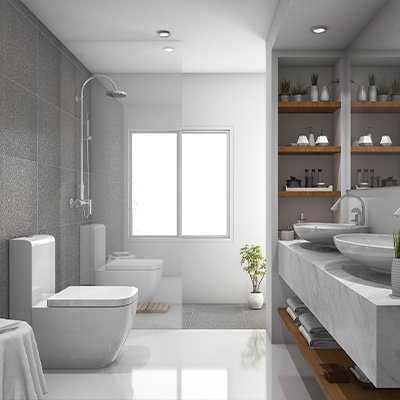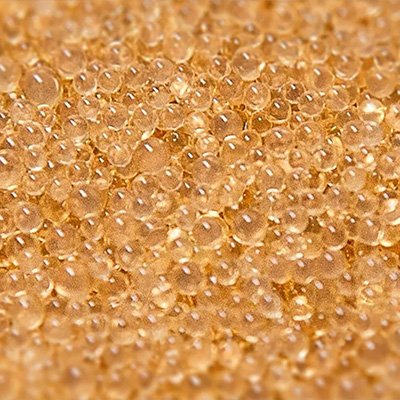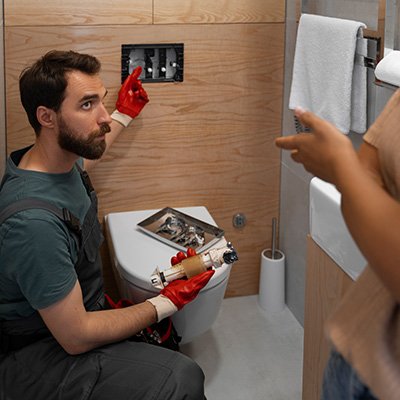- 1. Introduction
- 2. Understanding Your Apartment Water Softener
- 3. Routine Maintenance Tasks
- 1. Monitor Salt Levels
- 2. Clean the Brine Tank
- 3. Perform Regeneration Cycles
- 4. Replace the Resin Beads
- 5. Use the Right Type of Salt
- 6. Address Any Leaks or Malfunctions
- 4. Conclusion
Introduction
Living in an apartment in Bangalore, you’re likely familiar with the challenges of hard water. To combat these issues, many residents turn to water softener systems to improve water quality. However, like any home appliance, water softeners require regular maintenance to function effectively. This guide provides essential maintenance tips to keep your water softener for apartment in top shape, ensuring it continues to deliver soft, high-quality water for your bathroom needs.
Understanding Your Apartment Water Softener
A water softener for an apartment typically uses ion exchange technology to remove minerals like calcium and magnesium that cause hard water. This process helps prevent scale buildup on fixtures and appliances, making it a crucial component of modern water softener systems for home use. Understanding how your water softener system for apartment functions will help you maintain it effectively and prolong its lifespan.
Key Components:
- Brine Tank: Holds the salt solution used in the regeneration process.
- Resin Beads: Trap hard water minerals and need periodic regeneration.
- Control Valve: Manages the flow of water through the softener and initiates regeneration cycles.
Routine Maintenance Tasks
Maintaining your water softener for hard water involves a few routine tasks that ensure it operates efficiently. Regular upkeep can prevent costly repairs and extend the life of your system. Here’s what you need to do:
1. Monitor Salt Levels
The salt in your water softener for bathroom is crucial for the ion exchange process. Regularly check the salt levels in the brine tank to ensure there’s enough to regenerate the resin beads.
- Frequency: Check monthly.
- Action: Refill the tank when salt levels are low, keeping it at least half full.
Tip: Use high-purity salt designed for water softeners to avoid introducing impurities into the system.


2. Clean the Brine Tank
Over time, the brine tank in your hard water filter for apartment can accumulate sludge and impurities. Cleaning it periodically helps maintain the efficiency of the softening process.
- Frequency: Clean the tank once a year.
- Action: Empty the tank, scrub the interior with a mild soap solution, rinse thoroughly, and refill with fresh salt and water.
Tip: Check for salt bridging (a crust of salt forming above the water level) and break it up if it occurs.
3. Perform Regeneration Cycles
Regeneration is the process by which the water softener for apartment cleans and recharges the resin beads. Ensuring this cycle runs as scheduled is critical for maintaining water quality.
- Frequency: Most systems regenerate automatically based on usage or time settings.
- Action: Verify that the regeneration cycle is running as programmed and adjust the settings if necessary.
Tip: Manual regeneration can be triggered if you notice a decline in water quality.


4. Replace the Resin Beads
The resin beads in your water softener system for home can lose their effectiveness over time. Replacing them every few years ensures optimal performance.
- Frequency: Replace every 3-5 years, depending on water hardness and usage.
- Action: Consult your system’s manual for replacement instructions or hire a professional.
Tip: Regular maintenance and regeneration can extend the life of the resin beads.
5. Use the Right Type of Salt
Not all salt is created equal. Using the right type of salt in your water softener system for apartment is essential for preventing issues like bridging and maintaining system efficiency.
- Frequency: Commonly used salts include evaporated, solar, and rock salt.
- Action: Choose high-quality evaporated salt for the best results, as it is the purest form and minimizes the risk of residue buildup.
Tip: Avoid using rock salt frequently, as it contains more impurities.


6. Address Any Leaks or Malfunctions
Regularly inspect your water softener for apartment for leaks or operational issues. Addressing these problems early can prevent major repairs.
- Frequency: Inspect during routine maintenance checks.
- Action: Tighten any loose connections and replace worn-out parts. For serious issues, consult a professional technician.
Tip: Listen for unusual sounds and check for standing water around the unit, as these can be signs of problems.
Conclusion
Proper maintenance of your water softener for apartment is key to ensuring it delivers consistently soft water, protects your plumbing, and enhances your overall water quality. By following these routine tasks, you can keep your system running smoothly and extend its lifespan. Remember, a well-maintained water softener for hard water not only benefits your bathroom but also improves the quality of life in your apartment.
For those residing in Bangalore, where water hardness is a common issue, investing in a reliable water softener system for apartment use and maintaining it regularly is essential. Whether you’re using a hard water filter for an apartment or a comprehensive softening system, these tips will help you enjoy the benefits of soft water without interruption.
